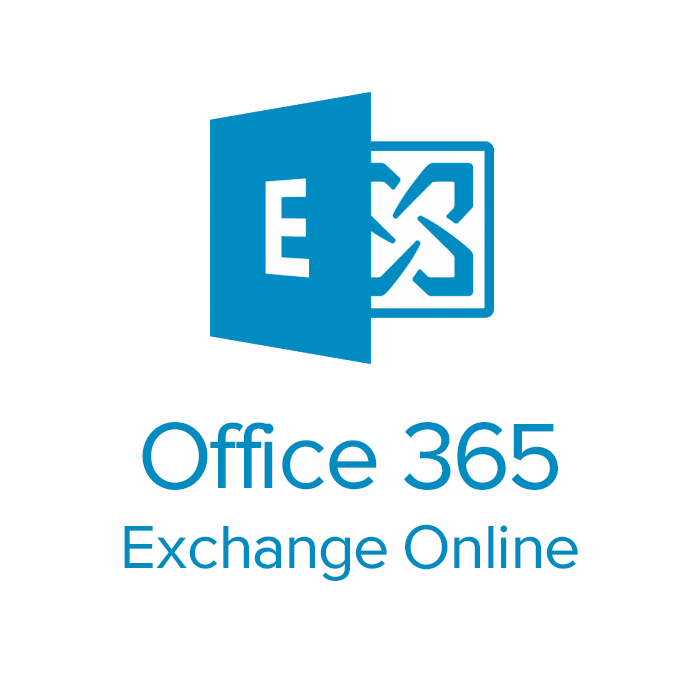
The search index is copied from the active database to the new database when seeding a new database to an Exchange server. Since Exchange 2007, the search index for Exchange was available in your mailbox databases. In addition, every time a failover occurs, the server memory will be automatically re-aligned thus the memory usage will be dynamically adjusted to all active databases. DDC now allocates more cache memory to active databases and reduces memory of passive ones.Īs the active databases receive more memory, this means that more of the database is stored in the cache, therefore, more database reads are done using the memory, so the overall performance will be better. In previous Exchange versions, each Exchange database, no matter if actively mounted or passive, got the same amount of cache memory assigned from Exchange. You won’t be able to use the MCDB feature, however. You do not need to add SSDs to your environment if you plan to use the Exchange databases just in the same way as Exchange 2016. If you want to use MCDB, the general recommendation is to add 1 SSD disk for each 3 JBOD disks. This allows faster logon times, quicker response times and less latency which is especially important if you have a lot of Outlook Online Mode users, Outlook in a virtual desktop infrastructure (VDI) environment. The larger disks will still store the mailbox databases and if you add SSDs they will store Exchange mailbox meta information such as the folder structure of a mailbox, metadata of items or even small items. The MCDB feature improves the existing Exchange database engine to support larger disks (JBODs up to 16 TB) and SSD disks to work together and provide better overall performance. In the coming weeks, I’ll write up another article on Practical 365 taking a deeper dive into its new features. Feature Overview of Exchange 2019Įxchange Server 2019 hasn’t come with a ton of new features, so this article is a summary of what I think are the most interesting features.
#Mdaemon to exchange 2010 migration windows#
So, you’ll be unable to deploy it until the Windows Server 2019 is released, also meaning you can’t use it in production!? I don’t see their logic here…Īnyway, let’s look at the cool new features of Exchange 2019. I also find it interesting that Microsoft has released Exchange Server 2019 which only runs on Windows Server 2019, however, Windows Server 2019 isn’t officially available yet (as of early November 2018!).

It also appears that Microsoft didn’t even change the Exchange logo color for this release, as you see here in the Exchange 2019 Setup screen:
#Mdaemon to exchange 2010 migration upgrade#
012, more proof indicating that this upgrade is not seen as a major step.

A reason for this could be that it feels like another “step” Exchange Server upgrade only, with a few additional features. For the first time in Exchange history, it seems that the release wasn’t really celebrated enough by both the Microsoft PG and the community. Exchange Server 2019 was released in 2018.


 0 kommentar(er)
0 kommentar(er)
